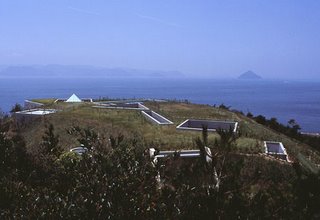 The Chichu ("in the earth") Museum
The Chichu ("in the earth") Museum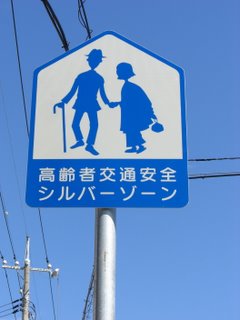

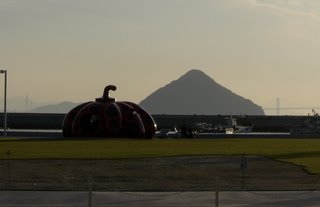



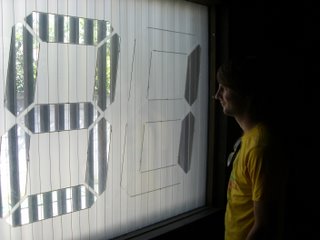
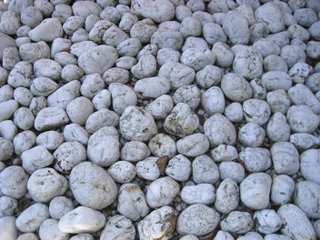
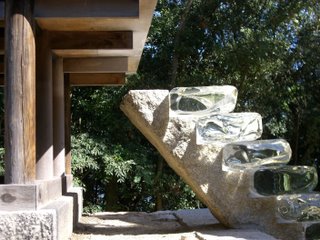
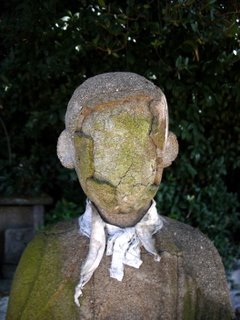
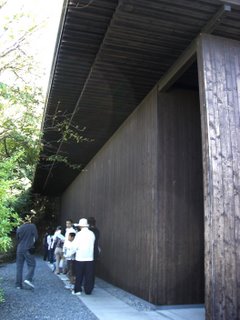
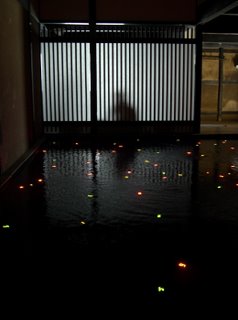

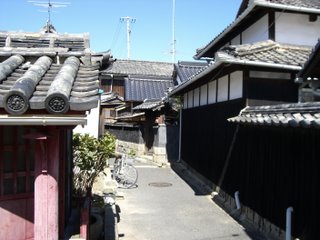
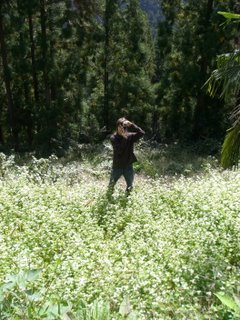

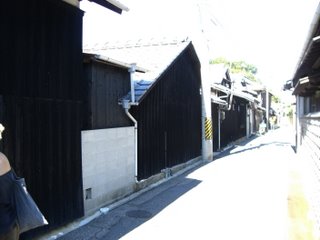
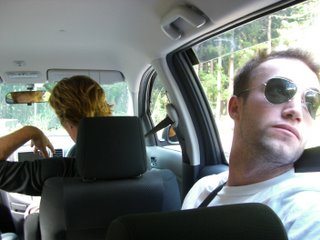

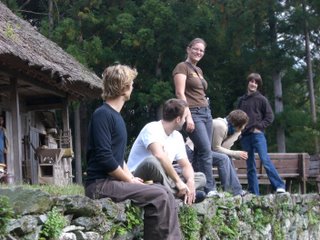

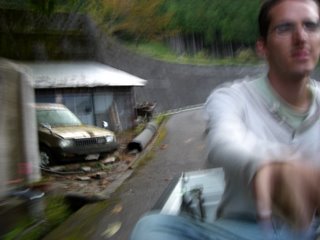
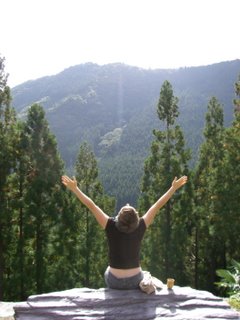
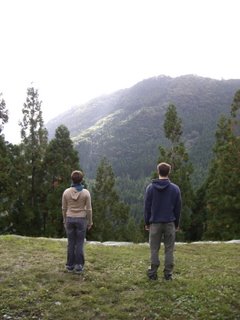
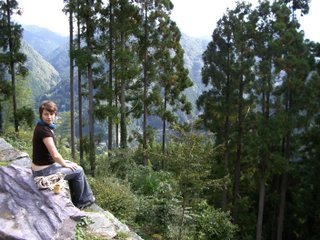
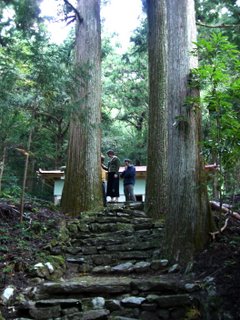

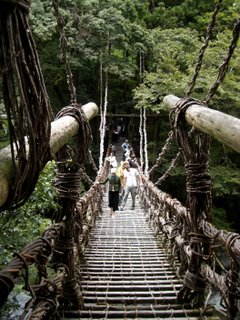

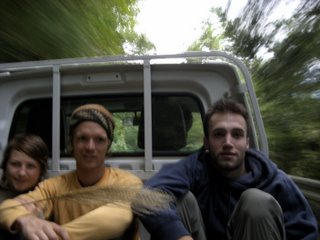
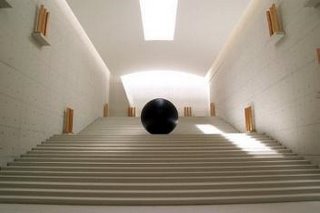
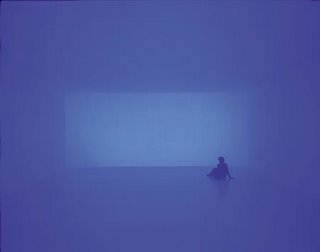

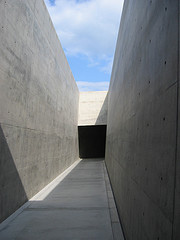
This weekend I went to Iya Valley again to visit the 300-year-old farm house (by the way, my Japanese teachers think it is very cute that English uses the same “years old” to date buildings that we use to date people.) So, Chiiori (www.chiiori.org) was, as always, magical. My friend Ben came down from Osaka to see Shikoku so we went deep into the mountains to Chiiori with a handful of other beautiful people. Ty rented us a car, bless him so. We also visited the famous Kazura Bashi (Vine Bridge) and unisex onsen (hot spring).
Warning: do not read further if you don’t want some of the surprises of Naoshima to be spoiled.
Naoshima is a small island off the coast of Takamatsu. Many consider it the “Art Island” in that it contains two modern art museums and a number of "art project" houses (where artists convert old houses into installation works), sculptures (including twopumpkins by one of my all time favorite artists Yayoi Kusama), as well as modern temples and shrines. Although, honestly, just walking through the streets of the old town was amazing. The walls of these houses, (some dating back to the Edo period), were actually burnt to create a shimmering dark black/gray/brown and charcoal on our fingers. Fascinating, and beautiful.
The first building we visited was a large, minimalist temple-like structure designed by the renowned artists James Turrell. (I studied him in College in relation to Gestalt theory and the nature of perception.)
If you've ever seen one of Turrell’s installations you know that it usually involves a truly mesmerizing illusion. We waited in line for about 30 minutes and then were ushered into a dark space, unable to see anything. We had to touch the wall with one hand in order to know where to go. We were told to sit down on benches we could not see for about 10 min until our eyes adjusted. Terry said she was fascinated with the slight amount of panic that seemed to permeate the air: we could literally see nothing and did not know what to expect. It felt a bit like a haunted house... only the deepest, darkest blackness all around. Then, very slowly, as our eyes adjusted to the dark, a shimmering gray rectangle began to emerge out of the space in front of us like a distant mirage, appearing in the darkness like a movie screen. We were then told that once we could see the light to move towards it and try to touch it. So, human shadows slowly shifted and shuffled thought the dark, silhouetted against a slightly lighter gray rectangle. Once we arrived at the screen we realized, with a shock, that it wasn’t a screen at all, but was instead a hole in the wall, opening up to what seemed like a vast space. Everyone pushed their arms though the large rectangular hole to see them appear to evaporate in the subdued light. The entire experience was haunting, exciting, psychedelic, dreamy. Leaving the building, we were flooded with the watery sunshine of the day, and a green green park with a temple and playground. I took a picture of a Jizo whose face had weathered away.
Next we visited a very old, traditional looking house that had as its tatami room a black pool with hundreds of digital numbers scatted around the bottom, all changing at their own speed. And the large front window was an amazing digital clock moving at random. The sandblasted glass changed instantly into clear glass, and then back again. “This is magic!” my friend said. And indeed, it was rather trippy. You can see it in this movie I made.
One of the shrines had a thick glass staircase ascending from the earth, behind a stone slab, surrounded by large white stones that reminded me of skulls and De Es Schwertberger paintings. The stairs never actually got to the shrine, but stopped a foot or so before it...interesting, yes? Beneath the shrine was a very vaginal doorway (pictured above) through which we walked deep into the earth, turned, and saw the glass stairwell continuing down beneath the ground. The only light illuminating the space came from the glass stairs. I saw so many future paintings on this island. This scene was one of them.
“Chichu”
We visited two museums, one of which was appropriotly named “Chichu” or “within the earth.” This extrordianry museum is one of the greatest museums I have ever been to, even though it featured just three artists—Claude Monet, Walter De Maria, and James Turrell.
Chichu museum, designed by Osaka based archetect Tadao Ando, was also a work of art, of course. Underground and completely lit by natural light, its cement walls were treated in a similar way to walls in the new museum in Kansas City: hand-polished plaster to give the feeling of pearl or the inside of eggshells. We had to give our cameras to the lockers at the entrance building, and then walk up a hill lined with Monet-esque gardens, and then, near the top of the hill overlooking the sea, enter the building. The walls and unadorned simplicity reminded me of Georgia O’Keeffe’s paintings of her adobe house and side door.
Because we were required to remove our shoes before entering many of the spaces, the entire mood was one of respect, purity, and almost religious adoration. Well, not almost...this place felt like a Temple. The Monet room, for example, was a large, white room, with tall ceilings and natural light filling the space. The floor was made of tiny white tiles, centimeter cubes, like tiny stones softly massaging your feet. There were five large water lily paintings, some of which seemed to be suspended behind the wall, making the entire wall appear like a large frame and the painting a window. Only one painting per large white wall. A truly unique experience for viewing Monet (I can imagine it was like the Rothko chapel in Huston).
Turrell
Two of the Turrell works were completely mind-blowing. The first was a simple, rectangular room whose walls slanted outward and upwards. We sat on the benches lining the room and were almost forced, by a gentle persuasion of the light and the angel of the walls, to gaze upward at what first appeared as a simple skylight, but then slowly took the form of a solid, rectangular screen of some sort, hovering above us, (an effect Terrell refers to as “bringing the sky down.”).
And then, the finale, a work entitled Open Field, where, after waiting in line, we entered a white room, barefoot, and stood with a dozen others in front of a dark staircase leading up to what appeared to be a blue rectangle projected onto the white wall (another Turrell work at the museum was indeed a light projected onto the solid wall, so you never really know if it is a hole or a projection). Then one by one, we were asked by the guide to ascend the stairs and walk into the blue rectangle, (it looked like entering another dimension, like in Stargate). And then, if that was not enough to blow you away—walking through the wall—we slowly proceeded through the large blue space to the back “wall” where, if we got too close, sensors gave off a buzzing sound to tell us to get back, because, in front of us was no wall, but a huge hole. The entire installation was a 4000-square foot environment, encompassing us with soft light fields that felt like infinity, if I may. It was like looking into a smoky blue Grand Canyon, or out across a cloudless sky (making you feel like you are somehow floating in space).
But the entire space seemed so close to me, tapping on my face. Indeed, the surrounding skyspace was brought down and given to me to swallow. Suddenly, my awareness inverted, and the infinite space felt inside of me, inside of my awareness. I became like a tiny mirror reflecting the entire sky. Turrell calls these works "Skyspaces" or "Genzfeld pieces”, named for the optical phenomenon when there is nothing for the eye to focus on. The open space becomes a glowing abyss, a luminous space where infinity whispers the silent song of Suchness, and a sea of stillness wraps consciousness in an angel of awe and wonder, space and humble adoration, dissolving your sense of self and confinement into the light, a soft light much like the light of the moon, or the haze uniting sea and sky.
And therefore, Naoshima is my sususme, my recommendation, to anyone who likes art and altered states of consciousness.
1 comment:
sd34hgkfvb
golden goose outlet
golden goose outlet
golden goose outlet
golden goose outlet
golden goose outlet
golden goose outlet
golden goose outlet
golden goose outlet
golden goose outlet
golden goose outlet
Post a Comment